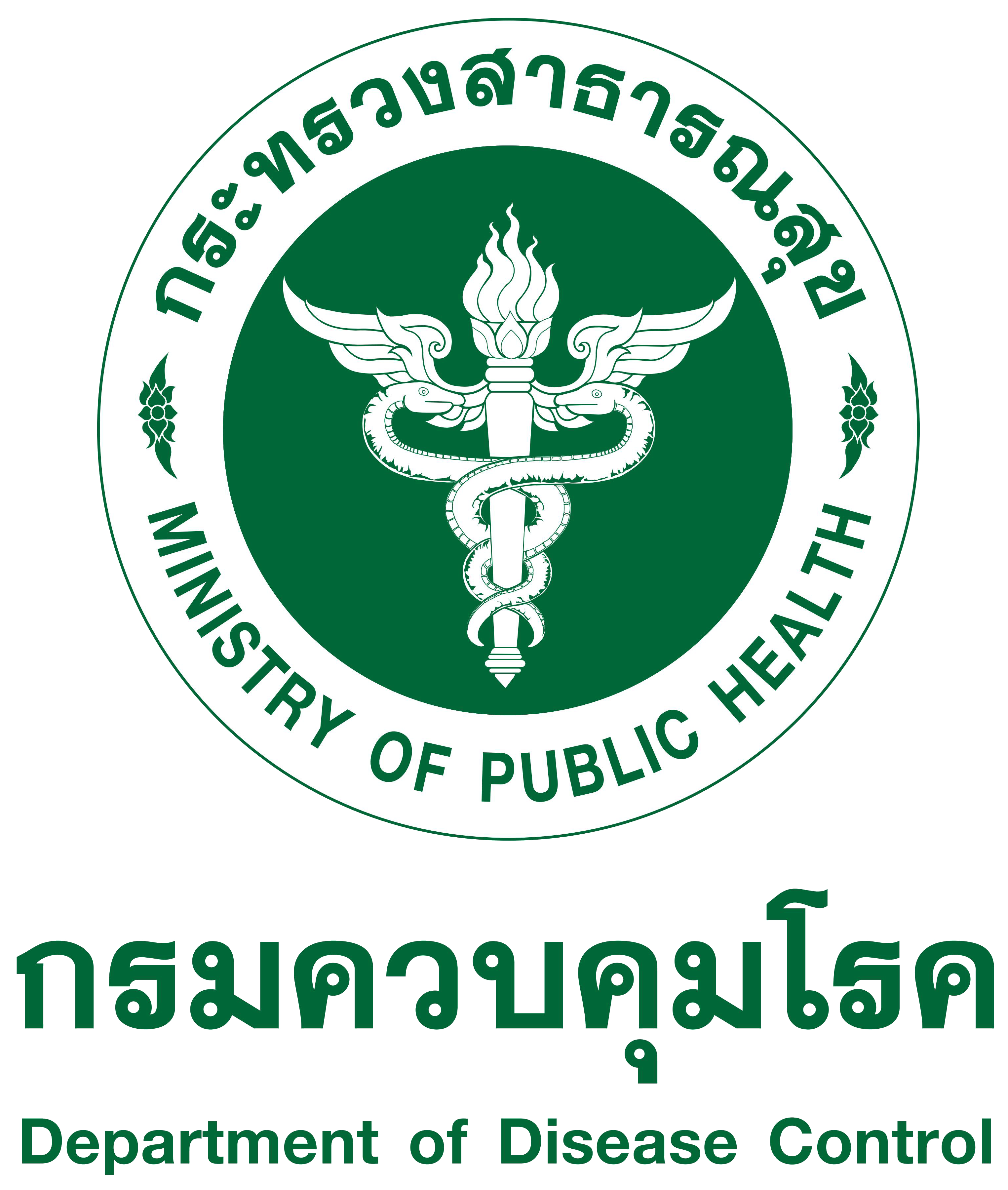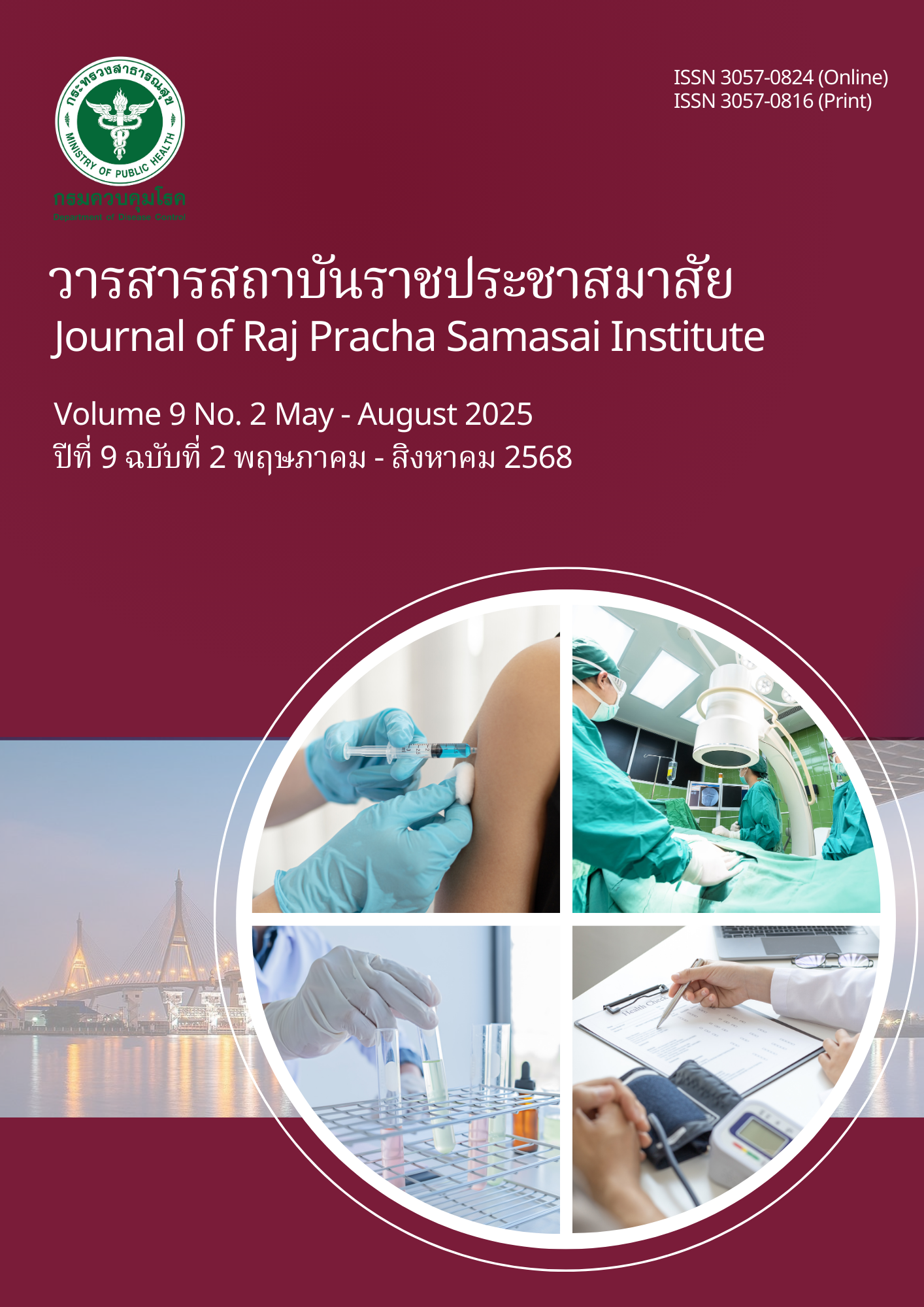Geographical Distribution and Seasonal Patterns of Nipah Virus Disease Outbreaks
Main Article Content
Abstract
Nipah virus is a major public health concern, recognized by the World Health Organization as one of the most dangerous emerging viruses due to its ability to cause severe respiratory illness and encephalitis, with a high mortality rate. Its outbreaks have far-reaching consequences beyond health, affecting healthcare systems, economies, and causing widespread public anxiety. Climate change and urban expansion have increased human contact with wildlife, highlighting the importance of understanding the Nipah virus for outbreak prevention. Although the virus has not re-emerged in Malaysia, Singapore, and the Philippines, it continues to cause outbreaks in Bangladesh and India often linked to
the bat breeding season and harvest periods. Since the first outbreak, India has reported nine outbreaks, while Bangladesh experiences nearly annual occurrences, often showing seasonal patterns and geographic specificity. Understanding the geographical distribution and seasonal trends of Nipah virus outbreaks is essential for identifying cross-species transmission patterns and supporting effective public health strategies.
Downloads
Article Details

This work is licensed under a Creative Commons Attribution-NonCommercial-NoDerivatives 4.0 International License.
ประกาศเกี่ยวกับลิขสิทธิ์
บทความที่ลงพิมพ์ในวารสารสถาบันราชประชาสมาสัย ถือว่าเป็นผลงานทางวิชาการหรือการวิจัย และวิเคราะห์ตลอดจนเป็นความเห็นส่วนตัวของผู้นิพนธ์ ไม่ใช่ความเห็นของกรมควบคุมโรค ประเทศไทย หรือกองบรรณาธิการแต่ประการใด ผู้นิพนธ์จำต้องรับผิดชอบต่อบทความของตน
นโยบายส่วนบุคคล
ชื่อและที่อยู่อีเมลที่ระบุในวารสารสถาบันราชประชาสมาสัย จะถูกใช้เพื่อวัตถุประสงค์ตามที่ระบุไว้ ในวารสารเท่านั้น และจะไม่ถูกนำไปใช้สำหรับวัตถุประสงค์อื่น หรือต่อบุคคลอื่นใด
References
Parrish CR, Holmes EC, Morens DM, Park EC, Burke DS, Calisher CH, et al. Cross-species virus transmission and the emergence of new epidemic diseases. Microbiology and Molecular Biology Reviews. 2008;72(3):457-70. doi. 10.1128/mmbr.00004-08
Goh KJ, Tan CT, Chew NK, Tan PSK, Kamarulzaman A, Sarji SA, et al. Clinical features of Nipah virus encephalitis among pig farmers in malaysia. New England Journal of Medicine. 2000;342(17):1229-35. doi. 10.1056/NEJM200004273421701
Chua KB, Goh KJ, Wong KT, Kamarulzaman A, Tan PSK, Ksiazek TG, et al. Fatal encephalitis due to nipah virus among pig-farmers in malaysia. The Lancet. 1999;354(9186):1257-9. doi. 10.1016/S0140-6736(99)04299-3
Looi LM, Chua KB. Lessons from the nipah virus outbreak in malaysia. The Malaysian Journal of Pathology. 2007;29(2):63-7.
Chew MHL, Arguin PM, Shay DK, Goh K, Rollin PE, Shieh W, et al. Risk factors for nipah virus infection among abattoir workers in singapore. The Journal of Infectious Diseases. 2000;181(5):1760-3. doi. 10.1086/315443
Rahman M, Chakraborty A. Nipah virus outbreaks in bangladesh: A deadly infectious disease. WHO South-East Asia Journal of Public Health. 2012;1(2):208–12. doi. 10.4103/2224-3151.206933
Epstein JH, Anthony SJ, Islam A, Kilpatrick AM, Ali Khan S, Balkey MD, et al. Nipah virus dynamics in bats and implications for spillover to humans. Proceedings of the National Academy of Sciences. 2020;117(46):29190-201. doi. 10.1073/pnas.2000429117
Uwishema O, Wellington J, Berjaoui C, Muoka KO, Onyeaka CVP, Onyeaka H. A short communication of nipah virus outbreak in india: An urgent rising concern. Annals of Medicine and Surgery. 2022;82:104599. doi. 10.1016/j.amsu.2022.104599
Aditi, Shariff M. Nipah virus infection: A review. Epidemiology and infection. 2019;147:e95. doi. 10.1017/S0950268819000086
Khan S, Akbar SMF, Mahtab MA, Uddin MdN, Rashid MdM, Yahiro T, et al. Twenty-five years of nipah outbreaks in southeast asia: A persistent threat to global health. IJID Regions. 2024;13:100434. doi. 10.1016/j.ijregi.2024.100434
Thiagarajan K. Nipah virus: kerala reports second death in four months. BMJ. 2024;386:q2058. doi. 10.1136/bmj.q2058
Nazmunnahar, Idbaïh A, Roknuzzaman ASM, Islam MdR. The recent Nipah virus outbreak in Bangladesh could be a threat for global public health: a brief report. Health Science Reports. 2023;6(7)1-6. doi. 10.1002/hsr2.1423
Satter SM, Aquib WR, Sultana S, Sharif AR, Nazneen A, Alam MR, et al. Tackling a global epidemic threat: nipah surveillance in bangladesh, 2006–2021. PLOS Neglected Tropical Diseases. 2023;17(9):e0011617. doi. 10.1371/journal.pntd.0011617
Luby SP, Hossain MJ, Gurley ES, Ahmed BN, Banu S, Khan SU, et al. Recurrent zoonotic transmission of nipah virus into humans, Bangladesh, 2001–2007. Emerging Infectious Diseases. 2009;15(8):1229–35. doi. 10.3201/eid1508.081237
Wacharapluesadee S, Ngamprasertwong T, Kaewpom T, Kattong P, Rodpan A, Wanghongsa S, et al. Genetic characterization of nipah virus from thai fruit bats (Pteropus lylei). Asian Biomedicine. 2017;7(6):8139. doi. 10.5372/1905-7415.0706.244
Chua KB, Bellini WJ, Rota PA, Harcourt BH, Tamin A, Lam SK, et al. Nipah virus: a recently emergent deadly paramyxovirus. Science. 2000;288(5470):1432-5. doi. 10.1126/science.288.5470.1432.
Harcourt BH, Lowe L, Tamin A, Liu X, Bankamp B, Bowden N, et al. Genetic characterization of nipah virus, bangladesh, 2004. Emerging Infectious Diseases. 2005;11(10):1594–7.
doi. 10.3201/eid1110.050513
Wong JJ, Chen Z, Chung JK, Groves JT, Jardetzky TS. EphrinB2 clustering by Nipah virus G
is required to activate and trap F intermediates at supported lipid bilayer–cell interfaces. Science Advances. 2021;7(5):eabe1235. doi. 10.1126/sciadv.abe1235
Karlin D, Belshaw R. Detecting remote sequence homology in disordered proteins: discovery of conserved motifs in the n-termini of mononegavirales phosphoproteins. PLoS ONE. 2012;7(3):e31719. doi. 10.1371/journal.pone.0031719
Krähling V, Dolnik O, Kolesnikova L, Schmidt-Chanasit J, Jordan I, Sandig V, et al. Establishment of fruit bat cells (rousettus aegyptiacus) as a model system for the investigation of filoviral infection. PLoS Neglected Tropical Diseases. 2010;4(8):e802.
doi. 10.1371/journal.pntd.0000802
Islam MS, Sazzad HMS, Satter SM, Sultana S, Hossain MJ, Hasan M, et al. Nipah virus transmission from bats to humans associated with drinking traditional liquor made from date palm sap, bangladesh, 2011–2014. Emerging Infectious Diseases. 2016;22(4):664–70. doi. 10.3201/eid2204.151747
Singh RK, Dhama K, Chakraborty S, Tiwari R, Natesan S, Khandia R, et al. Nipah virus: epidemiology, pathology, immunobiology and advances in diagnosis, vaccine designing and control strategies – a comprehensive review. Veterinary Quarterly. 2019;39(1):26–55.
doi. 10.1080/01652176.2019.1580827
Gurley ES, Montgomery JM, Hossain MJ, Bell M, Azad AK, Islam MR, et al. Person-to-person transmission of nipah virus in a bangladeshi community. Emerging Infectious Diseases. 2007;13(7):1031-37. doi. 10.3201/eid1307.061128
Alam AM. Nipah virus, an emerging zoonotic disease causing fatal encephalitis. Clinical Medicine. 2022;22(4):348-52. doi. 10.7861/clinmed.2022-0166
Goh GKM, Dunker AK, Foster JA, Uversky VN. Nipah shell disorder, modes of infection, and virulence. Microbial Pathogenesis. 2020;141:103976. doi. 10.1016/j.micpath.2020.103976
Lee B. Envelope-receptor interactions in nipah virus pathobiology. Annals of the New York Academy of Sciences. 2007;1102(1):51–65. doi. 10.1196/annals.1408.004
Morse SS, Mazet JA, Woolhouse M, Parrish CR, Carroll D, Karesh WB, et al. Prediction and prevention of the next pandemic zoonosis. The Lancet. 2012;380(9857):1956-65. doi. 10.1016/S0140-6736(12)61684-5
Muzeniek T, Perera T, Siriwardana S, Bas D, Bayram F, Öruc M, et al. Comparative virome analysis of individual shedding routes of Miniopterus phillipsi bats inhabiting the wavul Galge cave, sri Lanka. Scientific Reports. 2023;13(1):12859. doi. 10.1038/s41598-023-39534-3


